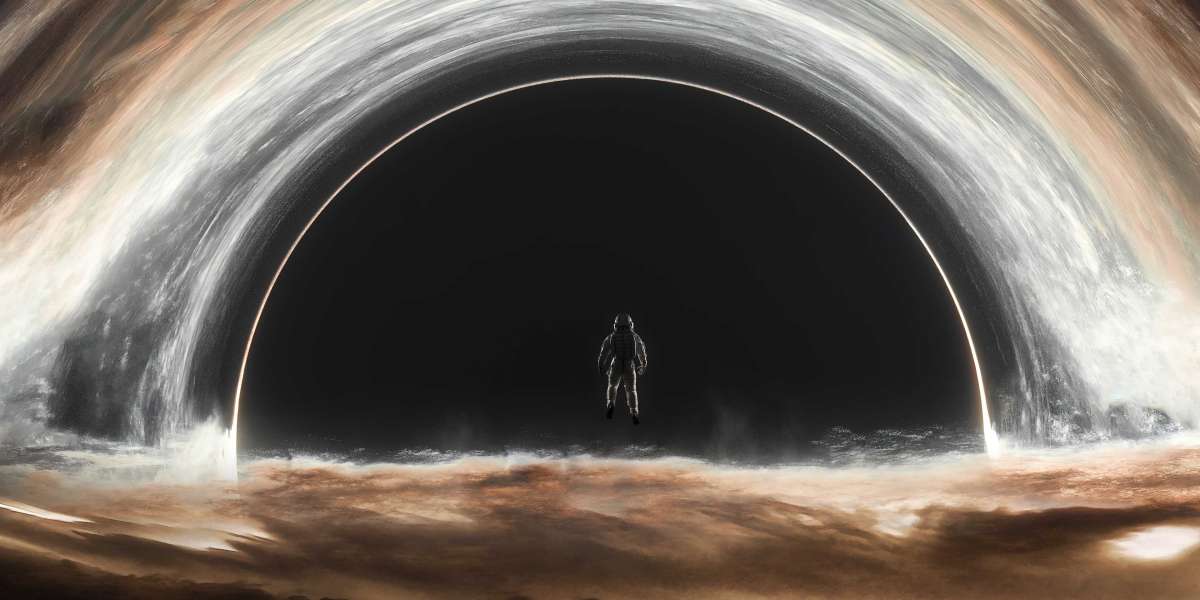Introduction:
In July 1965, an extraordinary event unfolded in the realm of space exploration - the Apollo-Soyuz Test Project (ASTP). This remarkable mission represented a significant milestone not only for the United States and the Soviet Union but also for international cooperation in space endeavors. It was an iconic moment that culminated in the successful docking of an American Apollo spacecraft and a Soviet Soyuz spacecraft, marking the first-ever manned international space mission. Let us delve into this historic event and explore the intricacies of the Apollo-Soyuz Test Project.
Description:
The Apollo-Soyuz Test Project was planned as a joint mission aimed at developing docking systems for future international space endeavors, fostering goodwill between the United States and the Soviet Union, and easing Cold War tensions. On July 15, 1975, the Soyuz spacecraft, commanded by Alexei Leonov, launched from the Baikonur Cosmodrome in Kazakhstan. Shortly after, on July 16, three American astronauts - Thomas P. Stafford, Vance D. Brand, and Donald K. Deke Slayton - lifted off aboard an Apollo spacecraft from Kennedy Space Center in Florida.
After days of meticulous preparations and in-orbit maneuvers, the two spacecraft finally rendezvoused and docked on July 17, in what became an emblematic moment of international collaboration. The successful docking was captured on live television feeds broadcasted across the globe, captivating audiences who were witnessing the merging of American and Soviet space technologies.
Following the docking, the astronauts and cosmonauts exchanged greetings via radio communication, bridging the divide between the two nations. Remarkably, a joint international space mission control center was established, with both American and Soviet flight directors working together to ensure the safety and success of the mission.
During the two-day joint mission, the crewmembers conducted scientific experiments focusing on various fields, such as biology, Earth observation, and materials science. They also performed joint engineering tests to analyze the performance of the newly developed docking systems, laying the foundation for future joint endeavors in space exploration.
As the mission neared its conclusion, the crews bid farewell, with promises of future cooperation and collaboration. Eventually, on July 24, 1975, the American astronauts returned to Earth safely, while the Soyuz spacecraft landed a few hours later. The Apollo-Soyuz Test Project had achieved its objectives and left an indelible mark on the history of space exploration.
Conclusion:
The Apollo-Soyuz Test Project of 1975 was a momentous event that brought together two competing superpowers, overcoming political differences and forging a path of collaboration in the realm of space exploration. It not only marked the first-ever international docking but also laid the groundwork for future cooperative missions, such as the International Space Station (ISS). The success of the ASTP demonstrated the power of collaboration and opened doors for future scientific advancements that continue to shape the way we explore space.



